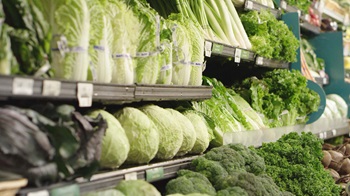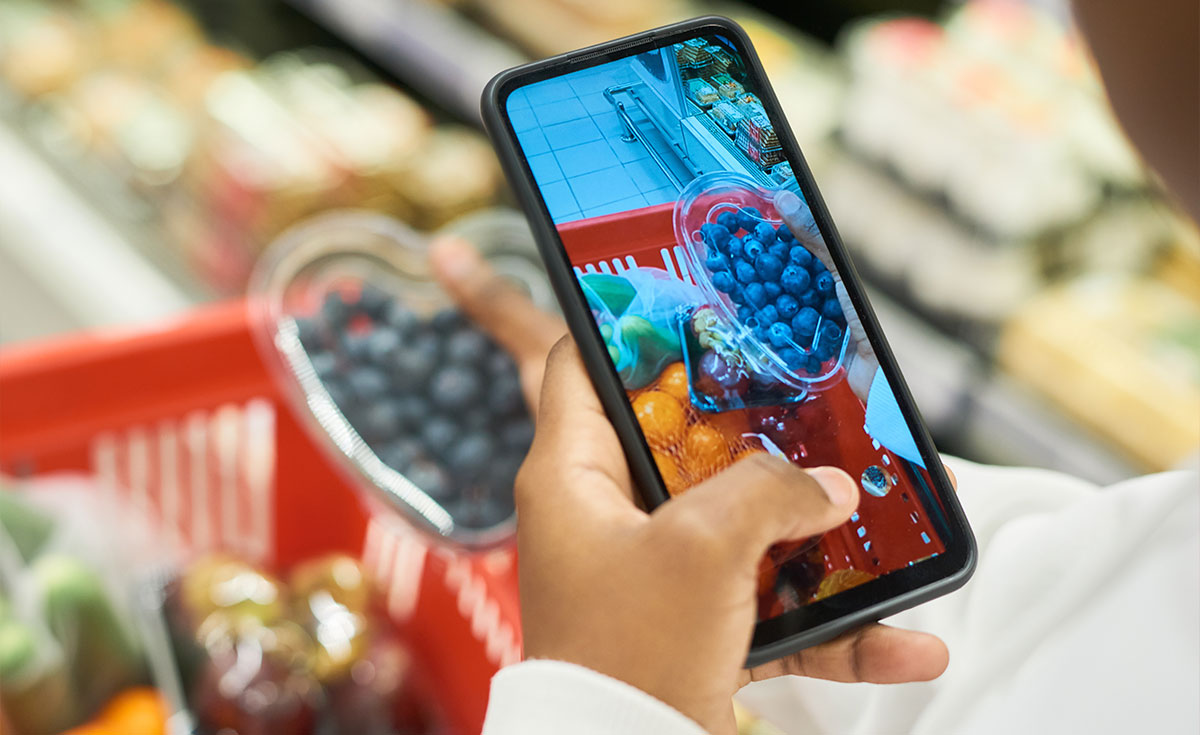The following appeared in Produce Business March, 2020 edition.
By Rick Stein, Vice President, Fresh Foods, FMI
You eat with your eyes first.
Remember that expression? It may be an oldie, but it’s a goodie, at least when it comes to consumers’ ongoing purchase habits, including their choice of fresh produce.
Visual appeal may be even more important in this category, in fact, than in other types of foods, fresh or packaged. Like many (most?) shoppers, I’ve been known to take my time picking out an avocado or a bunch of bananas, based on what appeals to me at first glance. It’s less about perfection – what is “perfect” produce, anyway? – and more about personal interest.
Beyond individual packages or pieces, the attractiveness of the fresh produce department and other places where fresh produce is sold is an important consideration, too. Often, when I walk through a store that has an obvious focus on its produce displays, I can’t help but notice and admire the meticulous way that certain items are arranged.
The multisensory appeal of fresh produce is underscored in the new Power of Produce 2020 report, published by the FMI, The Food Industry Association, and conducted by 210 Analytics. According to this new report, 43% of produce sales is sold on merchandising. Breaking it down by produce type, it’s 45.3% for vegetables sales and 40.6% for fruit.
Produce that catches someone’s eye can also garner a new sale. The Power of Produce findings show that 83% of shoppers who plan their produce purchases before their trip also buy unplanned items. What’s more, 58% of those shoppers attribute their pickup of unplanned items to eye-catching displays. Impulse buys, often based visual appeal, lift baskets and generate interest in more or different types of fresh produce.
The importance of looks in influencing decisions is also evident in the number of consumers who look to highly visual channels to get ideas for buying and using fresh produce. According to the Power of Produce, 30% of shoppers visit Pinterest as a source of meal inspiration, 28% watch YouTube videos and 18% get ideas from Instagram. In fact, the Power of Produce report suggests that retailers add their online and social media platforms to their in-store merchandising efforts, as a way to create “Instagrammable moments.” Inside the store, signage is another visual cue for shoppers, shown in FMI’s latest report to be relevant across all demographics.
In another form of “seeing is believing,” today’s shoppers want to know more about how fresh produce is grown, and often look to in-store signage or on-package information for more details. That’s especially true for younger generations: 69% of Gen Z shoppers, 54% of younger Millennials and 39% of older Millennials want information on growing practices. That compares to 34% of Gen Xers and 30% of Baby Boomers. So consumers are both looking and reading as they make choices.
Ultimately, creative merchandising, combined with an enticing array of products, will be key to sustaining and growing the produce category. It’s a big one, to be sure; the Power of Produce confirms that produce indeed influential, with nearly 100% penetration and $60.8 billion in sales. It’s also lucrative, as a driver of higher store trips and basket rings.
But there’s a caveat, in the more recent pattern of declining sales, notable even with a slight rebound in 2019. This underscores the importance of innovation in a mature category amidst a lot of competition, particularly in the broadening realm of plant-based eating that encompasses other types of products and categories.
In today’s increasingly visual and digital marketplace, growers, packers and retailers can and should add eye appeal to their innovation efforts that complement the “musts” of quality and taste. That extends to produce type, packaging and the many facets of merchandising across all locations and platforms.
Download Power of Produce 2020


 Industry Topics address your specific area of expertise with resources, reports, events and more.
Industry Topics address your specific area of expertise with resources, reports, events and more.
 Our Research covers consumer behavior and retail operation benchmarks so you can make informed business decisions.
Our Research covers consumer behavior and retail operation benchmarks so you can make informed business decisions.
 Events and Education including online and in-person help you advance your food retail career.
Events and Education including online and in-person help you advance your food retail career.
 Food Safety training, resources and guidance that help you create a company food safety culture.
Food Safety training, resources and guidance that help you create a company food safety culture.
 Government Affairs work — federal and state — on the latest food industry policy, regulatory and legislative issues.
Government Affairs work — federal and state — on the latest food industry policy, regulatory and legislative issues.
 Get Involved. From industry awards to newsletters and committees, these resources help you take advantage of your membership.
Get Involved. From industry awards to newsletters and committees, these resources help you take advantage of your membership.
 Best practices, guidance documents, infographics, signage and more for the food industry on the COVID-19 pandemic.
Best practices, guidance documents, infographics, signage and more for the food industry on the COVID-19 pandemic.
